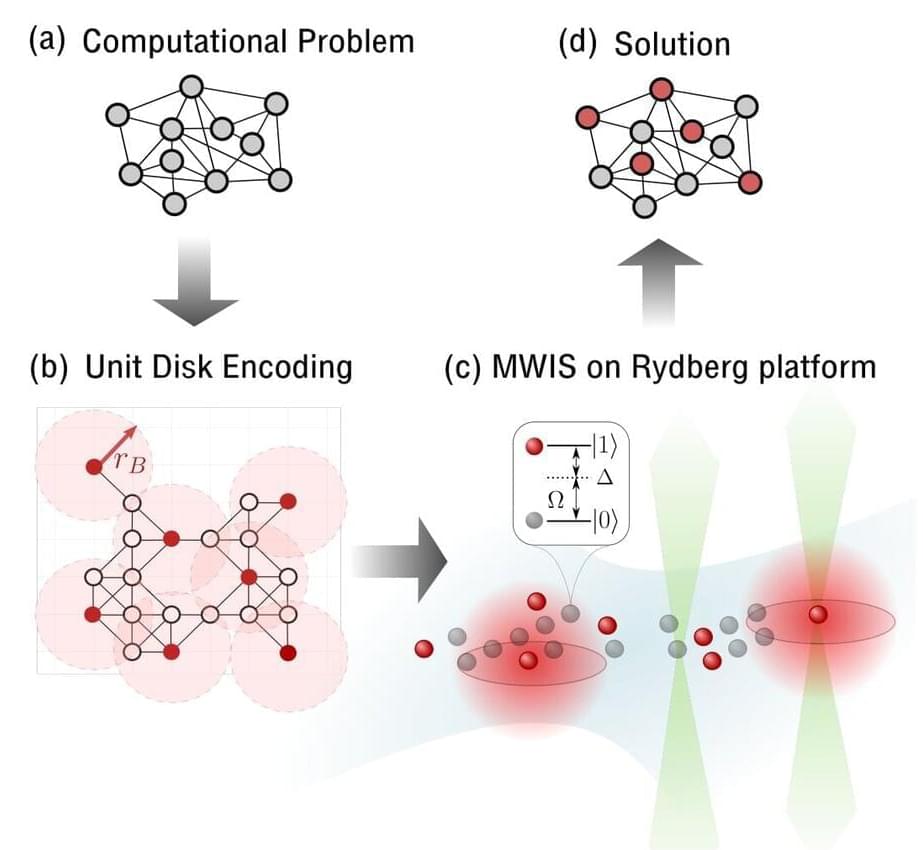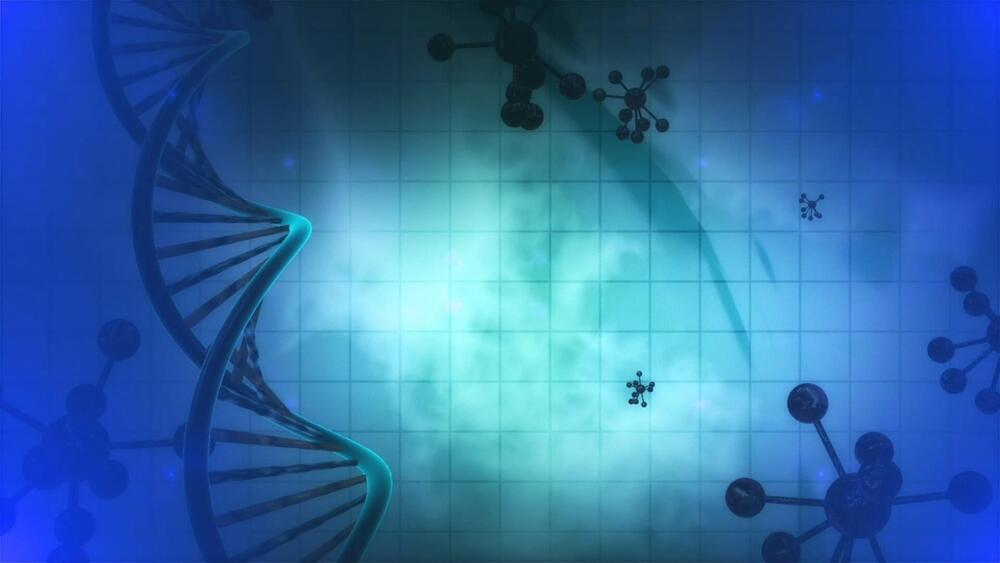Feb 14, 2023
‘Quantum light’ breakthrough could revolutionize science at the atomic level
Posted by Quinn Sena in categories: computing, quantum physics, science
CAMBRDIGE, United Kingdom — “Quantum light” may sound like something out of a Marvel movie, but scientists say it may hold the real-world key to revolutionizing science as we know it. An international team says generating this high-energy light and controlling it can unlock a whole new realm in quantum computing.
Researchers from the University of Cambridge, as well as scientists in the United States, Israel, and Austria, have come up with a theory describing this new state of light. They say it has controllable quantum properties and a wide range of frequencies which reach X-ray levels. Harnessing this power could lead to advances in microscopy — or the ability to see incredibly small things normally invisible to the naked eye.
Continue reading “‘Quantum light’ breakthrough could revolutionize science at the atomic level” »


















